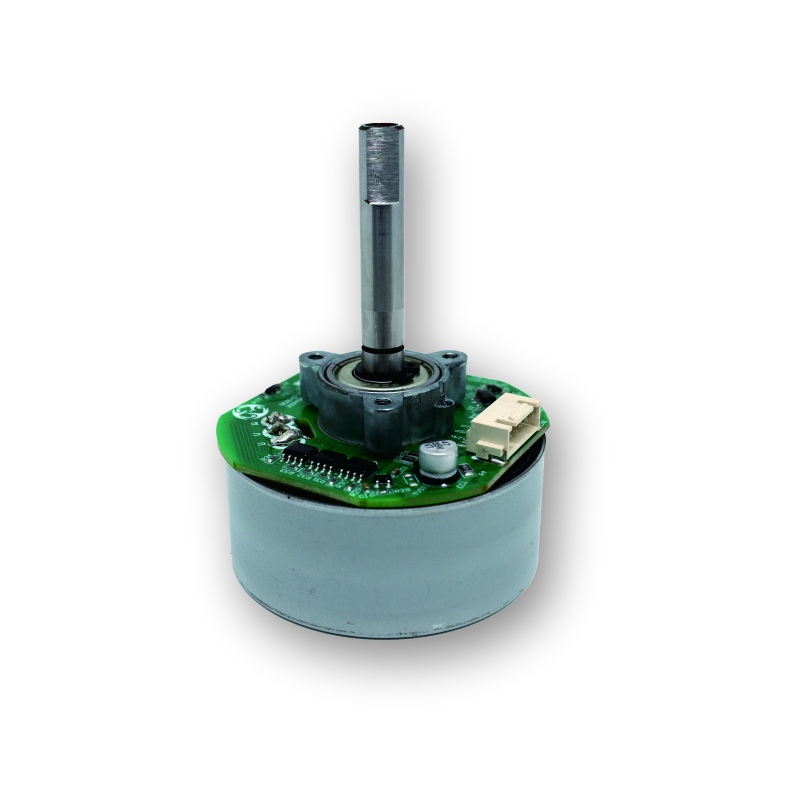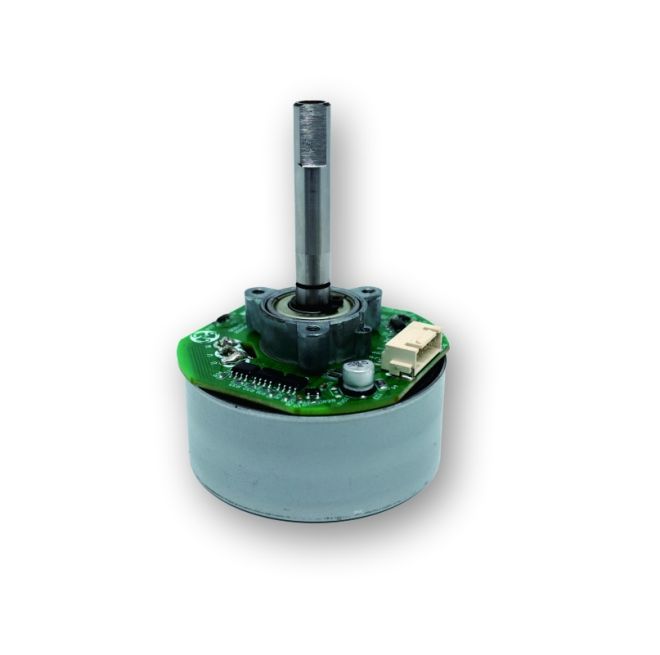Introduction to 3-Phase Brushless Motors
3-phase brushless motors, commonly known as brushless DC (BLDC) motors, are renowned for their efficiency, durability, and precision. They are a staple in various industries, from automotive to consumer electronics. Unlike brushed motors, BLDC motors eliminate the need for brushes and a commutator by using an electronic controller to switch current, resulting in less wear, lower maintenance, and higher reliability. The 3-phase design allows for smoother operation and precise control, making it ideal for high-performance applications.
Construction and Components of 3-Phase Brushless Motors
Rotor and Stator Configuration
The rotor in a 3-phase brushless motor contains permanent magnets, while the stator consists of multiple coils arranged to create three distinct phases. This configuration is crucial for the generation of a rotating magnetic field, which is central to the motor's operation.
Electronic Controller
An integral component of BLDC motors is the electronic controller, which manages the motor's power delivery. By regulating the current flow through the stator coils, the controller ensures the rotor maintains consistent and precise motion.
Operation Mechanism of 3-Phase Brushless Motors
Magnetic Field Interactions
The operation of BLDC motors is based on the interaction between the magnetic fields generated by the stator windings and the rotor's permanent magnets. The electronic controller adjusts the current flow, altering the stator’s magnetic polarity, to keep the rotor turning smoothly.
Phase Commutation
3-phase brushless motors rely on electronic commutation rather than mechanical. The current is provided in sequences to each of the three stator phases, creating a rotating magnetic field that drives the rotor seamlessly.
Control Systems for 3-Phase Brushless Motors
Hall Effect Sensors
Hall Effect sensors are often employed to determine the rotor's position. These sensors measure the magnetic field strength and direct the electronic controller on when to switch the current, optimizing the motor's performance.
Sensorless Control
Some BLDC motors operate without sensors, relying on back electromotive force (back-EMF) to synchronize the rotor's position and speed with the controller's input, reducing complexity and cost.
Advantages of 3-Phase Brushless Motors
- High Efficiency: Due to minimal energy loss in commutation.
- Long Lifespan: Absence of brushes reduces wear and extends motor life.
- Precise Control: Suitable for applications requiring high precision.
- Low Noise and Vibration: Ideal for environments where noise reduction is critical.
Disadvantages of 3-Phase Brushless Motors
- Complexity: Requires sophisticated control systems.
- Higher Initial Cost: More expensive than brushed motors upfront.
- Requires Advanced Electronics: Needs precise electronic controllers and sensors.
Comparison with Other Brushless Motor Phases
Single-Phase BLDC Motors
Single-phase motors are simpler in design but offer less torque and efficiency, making them suitable for low-power applications.
Two-Phase BLDC Motors
Two-phase designs provide a compromise between the simplicity of a single-phase and the performance of a 3-phase system, often used in applications where moderate performance is needed.
Applications of 3-Phase Brushless Motors
3-phase brushless motors are widely used across industries, including automotive, aerospace, and consumer electronics. They power applications such as drones, electric vehicles, and HVAC systems due to their efficiency and reliability.
Performance Metrics of 3-Phase Brushless Motors
Efficiency and Power Density
3-phase BLDC motors typically offer efficiencies above 85% and power densities of around 2.5 kW/kg, enabling them to deliver high performance in compact packages.
Torque Ripple
Torque ripple is a performance consideration in BLDC motors. 3-phase designs minimize ripple, leading to smoother operation and less mechanical stress.
Selection Criteria for 3-Phase Brushless Motors
Performance Requirements
Consider the application's speed, torque, and efficiency needs when selecting a motor. 3-phase motors excel in high-performance scenarios.
Cost Considerations
While 3-phase motors have higher initial costs, wholesale pricing from factories in China can offer substantial savings for large-scale applications.
Hanlang Technology Provide Solutions
Hanlang Technology is a leading provider of advanced 3-phase brushless motor solutions. Our products are manufactured in state-of-the-art facilities in China, ensuring high quality and reliability. We offer comprehensive wholesale options and customization to meet specific industrial needs. Whether you require precise control for robotics or high-efficiency motors for electric vehicles, Hanlang Technology delivers cutting-edge solutions tailored to your performance and budget requirements.
User hot search: 3 phase brushless motor



